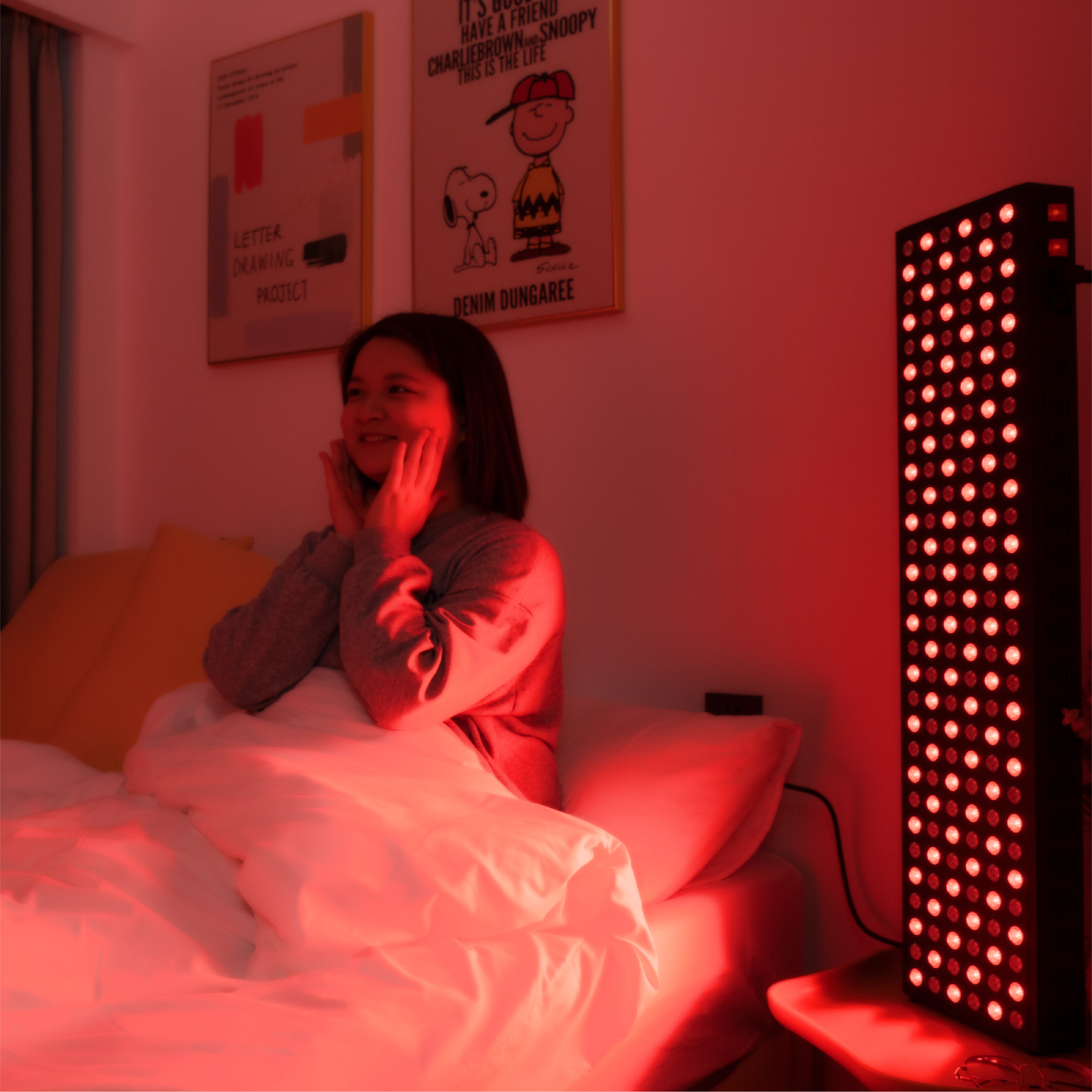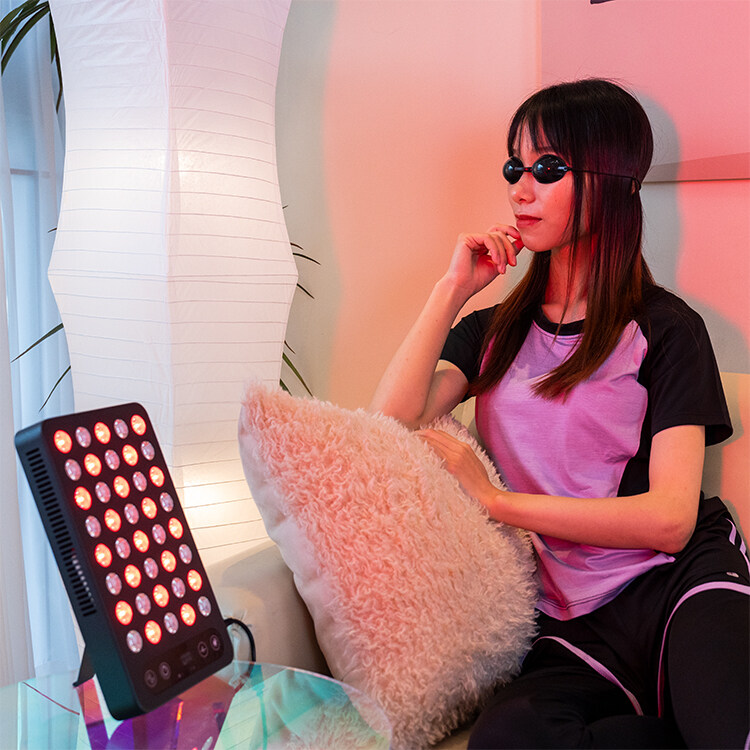Email format error
Email cannot be empty
Email already exists
6-20 characters(letters plus numbers only)
The password is inconsistent
Email format error
Email cannot be empty
Email does not exist
6-20 characters(letters plus numbers only)
The password is inconsistent


Infrared light therapy has gained popularity as a non-invasive and drug-free treatment option for various health conditions. This article aims to guide you on how to effectively use infrared light therapy at home to achieve maximum benefits. We will cover everything from choosing the right device to optimizing the therapy sessions for improved well-being.
I. Understanding Infrared Light Therapy
A. What is Infrared Light Therapy?
Infrared light therapy, also known as low-level light therapy or photobiomodulation, involves using specific wavelengths of light to stimulate cellular repair and regeneration.
B. Benefits of Infrared Light Therapy
1. Pain management and relief
2. Improved circulation and tissue healing
3. Reduced inflammation and swelling
4. Enhanced skin health and rejuvenation
II. Choosing the Right Infrared Light Device
A. Types of Infrared Light Devices
1. Handheld devices: Portable and suitable for targeted areas.
2. Full-body panels: Cover a larger surface area and provide overall benefits.
B. Considerations When Selecting a Device
1. Wavelengths: Look for devices that emit red and near-infrared wavelengths (630-850nm) for optimal results.
2. Power output: Ensure the device offers sufficient power for effective therapy.
3. Safety features: Check for FDA clearance and safety mechanisms such as auto shut-off.
III. Preparing for an Infrared Light Therapy Session
A. Safety Precautions
1. Consultation: Seek advice from a healthcare professional if you have underlying medical conditions.
2. Eye protection: Wear appropriate eye protection goggles to shield your eyes from direct exposure to the light.
B. Setting up the Treatment Area
1. Clean and comfortable space: Ensure the area is dust-free with sufficient ventilation.
2. Proper positioning: Position the device at an appropriate distance and angle for optimal coverage.
IV. The Infrared Light Therapy Procedure
A. Session Duration and Frequency
1. Start slow: Begin with shorter sessions (5-10 minutes) to allow your body to adjust.
2. Gradually increase: Increase the session duration to 15-30 minutes as your body becomes accustomed to the therapy.
3. Frequency: Aim for daily or regular sessions, but individual needs may vary.
B. Skin Preparation
1. Cleanse: Ensure the treated area is free from dirt or makeup for better light absorption.
2. Skin exposure: Expose the targeted area to the light source, ensuring direct contact if using a handheld device.
C. Relaxation and Optimizing the Experience
1. Comfort matters: Use pillows or supportive cushions for body positioning.
2. Relaxation techniques: Practice deep breathing or meditation during the session for additional relaxation benefits.
3. Consistency: Stick to a routine and make the therapy a part of your self-care regimen.
V. Post-Treatment Care and Follow-up
A. Hydration: Drink plenty of water after each session to stay hydrated and aid in detoxification.
B. Moisturize: Apply a gentle moisturizer to the treated area to promote skin hydration and nourishment.
C. Monitoring Progress: Keep track of any improvements or changes in symptoms to assess the therapy's effectiveness.
Conclusion:
Infrared light therapy can be an effective and convenient treatment option when used correctly at home. By selecting the right device, following safety precautions, and maintaining consistency, you can harness the many benefits this therapy offers. Always remember to consult with a healthcare professional before starting any new therapy, especially if you have existing medical conditions. Get ready to embark on a journey towards improved well-being with infrared light therapy.